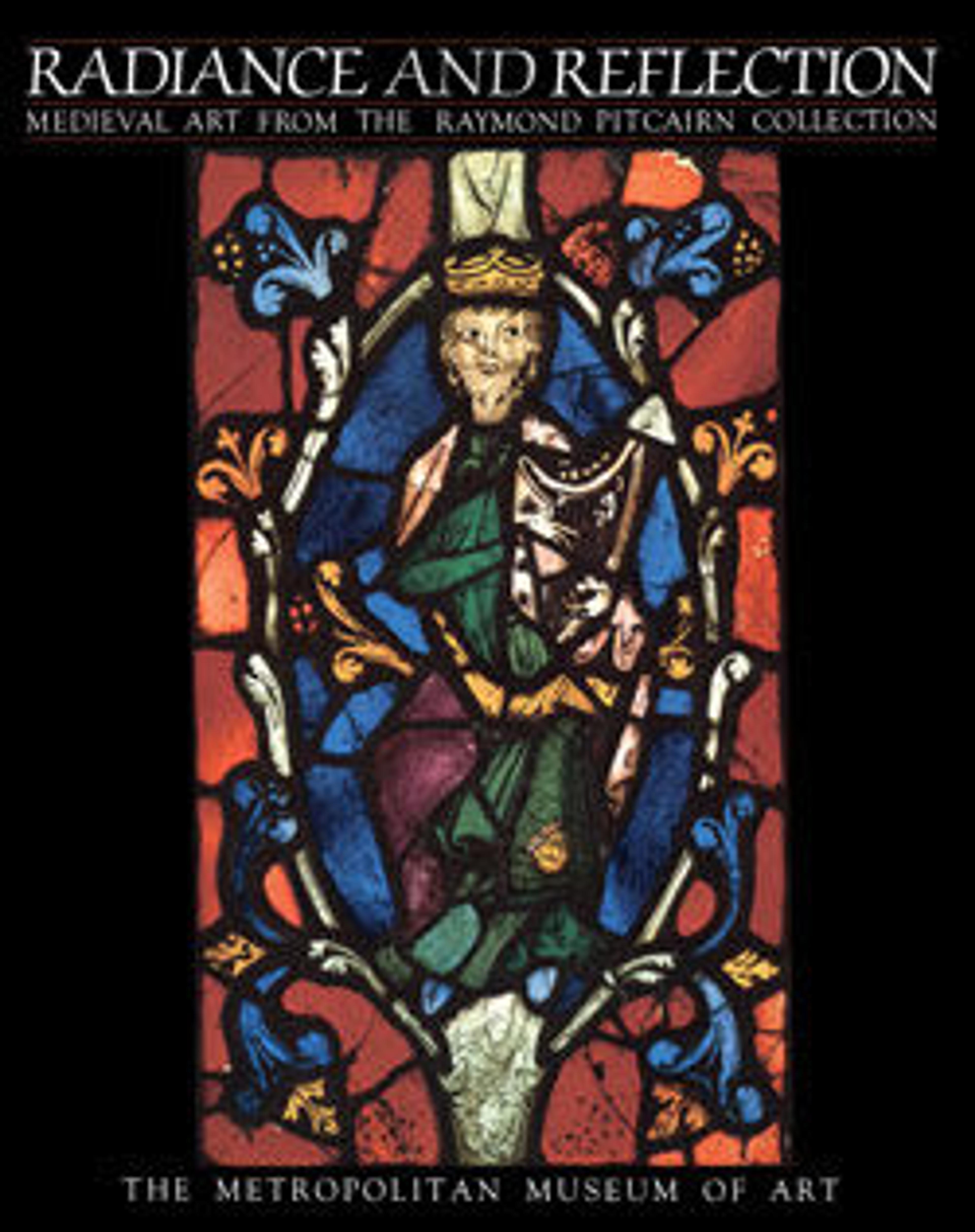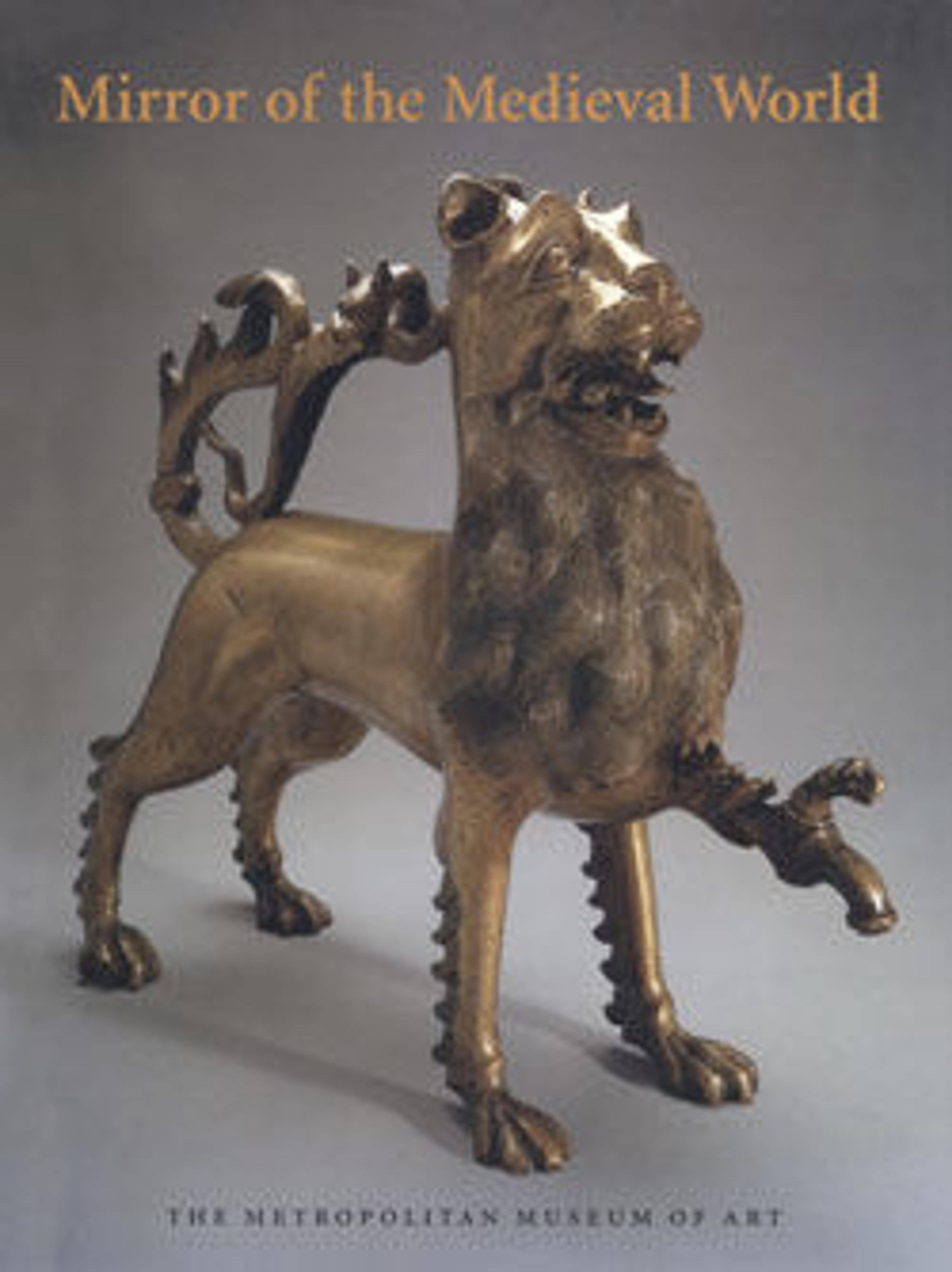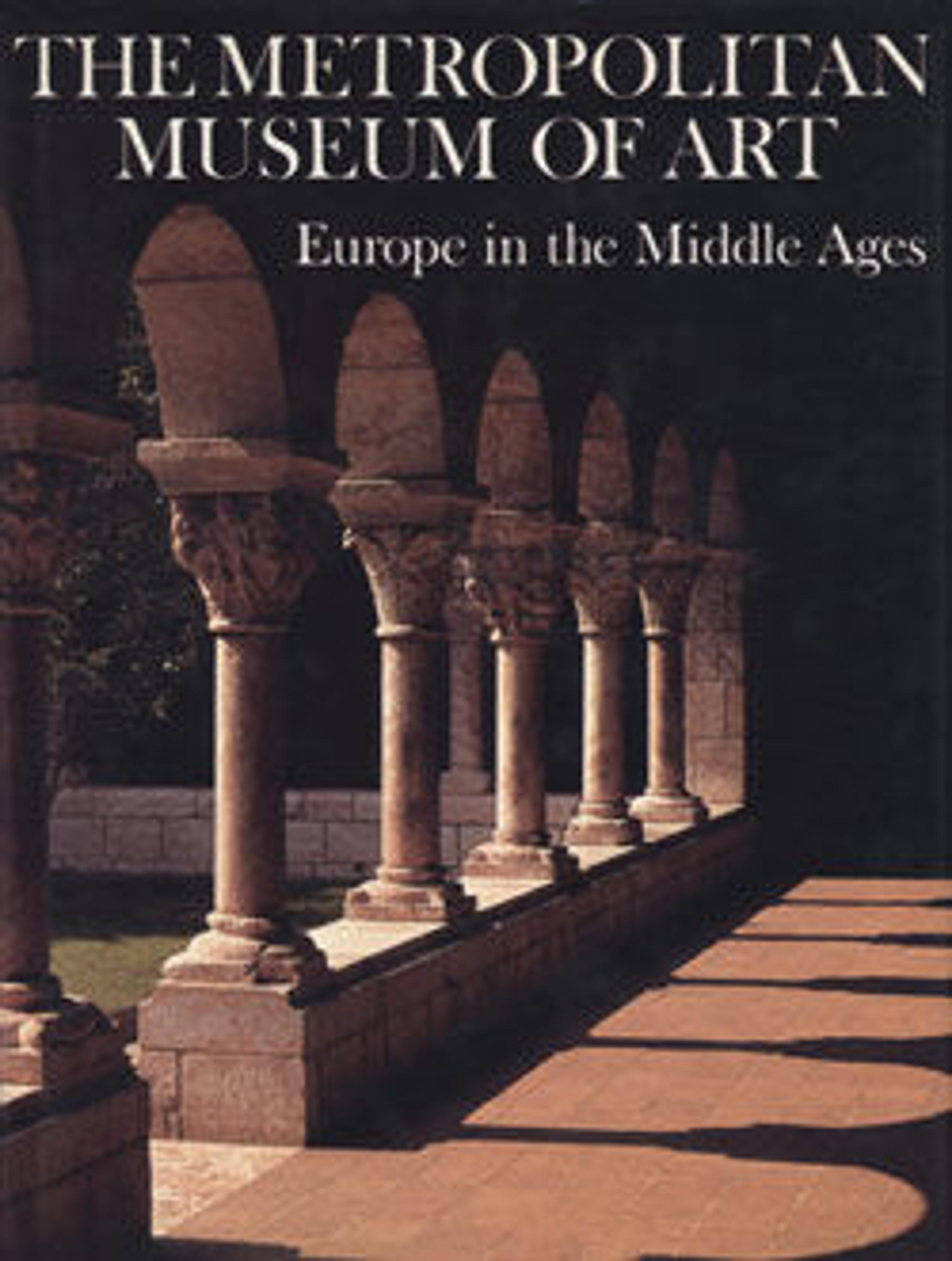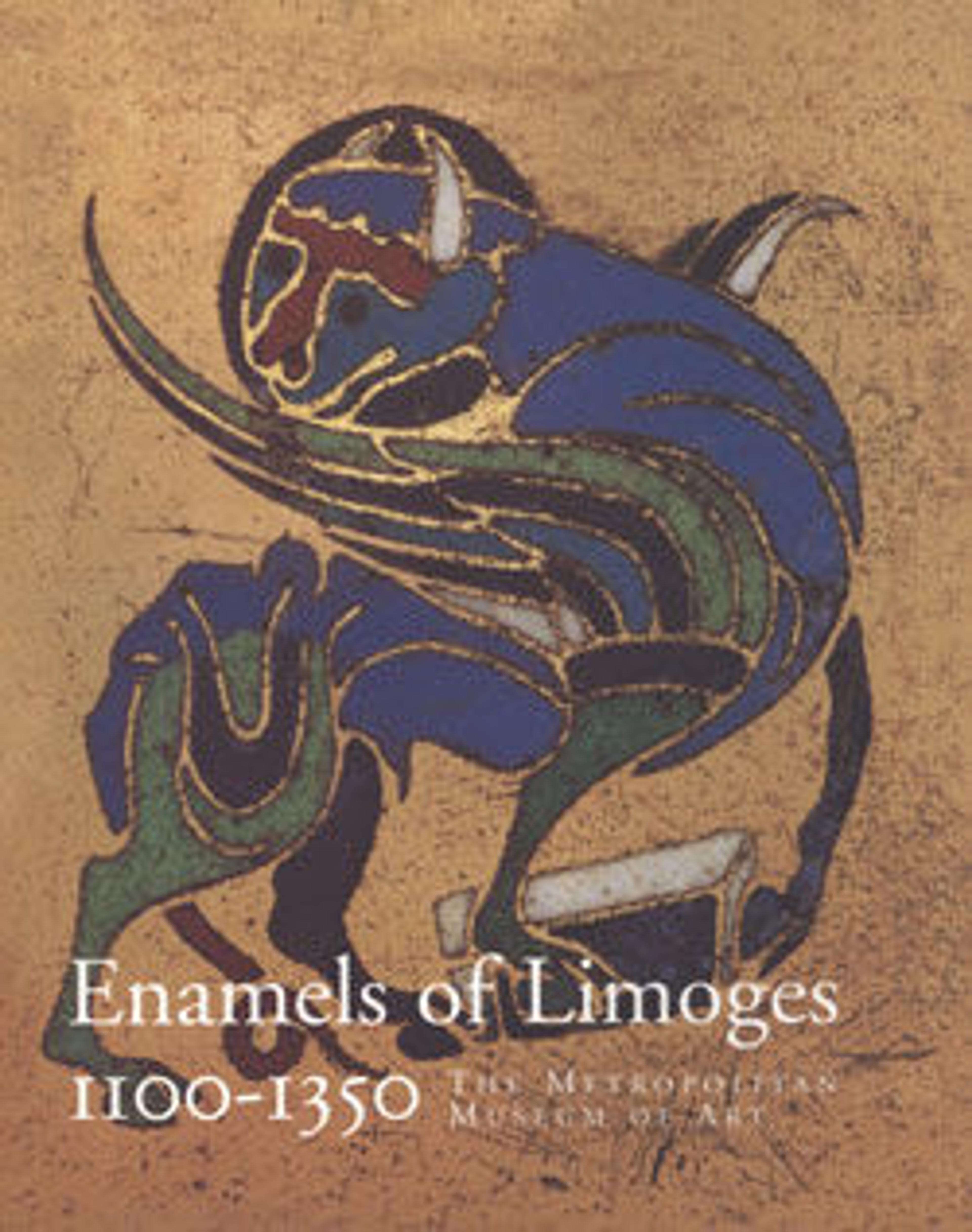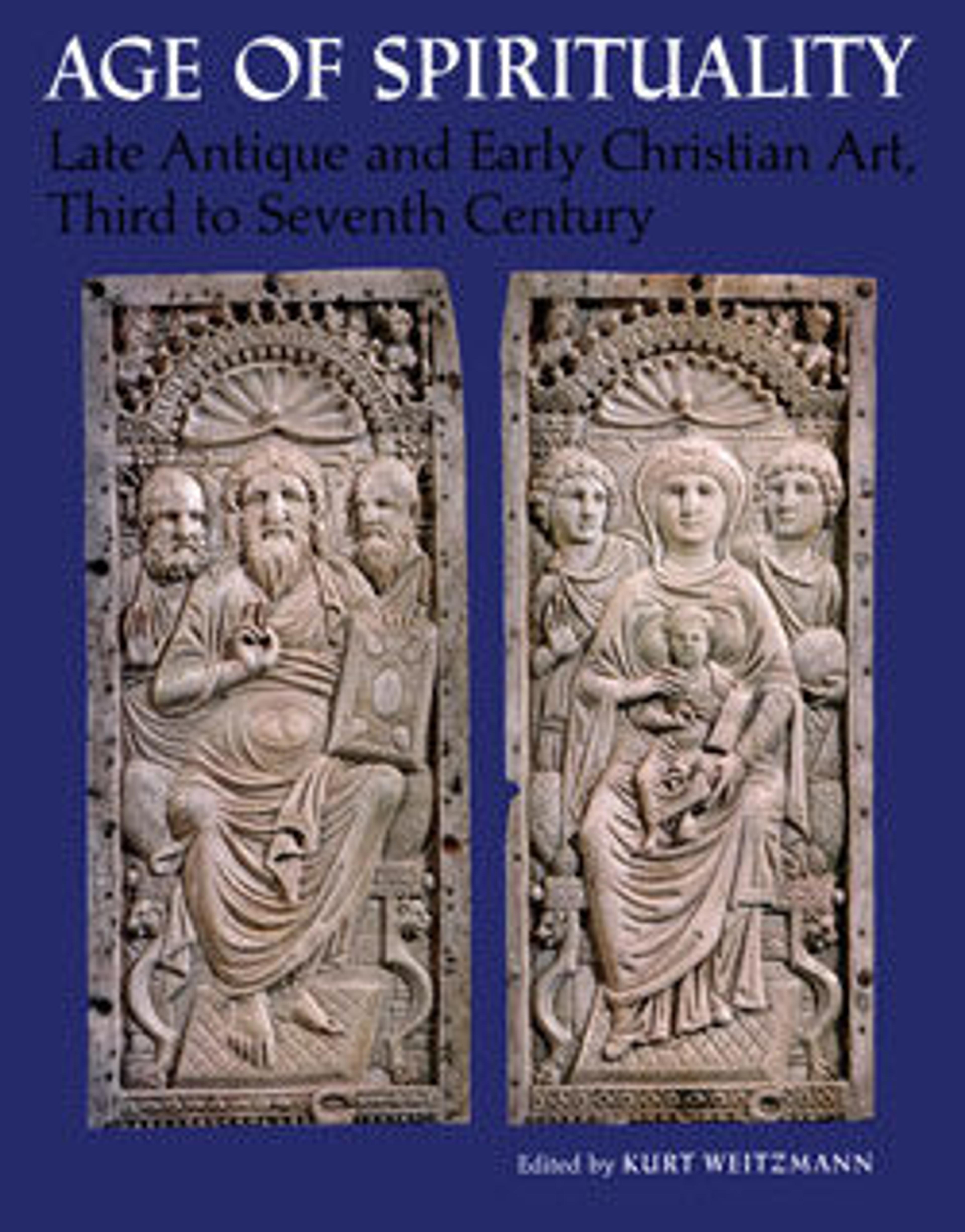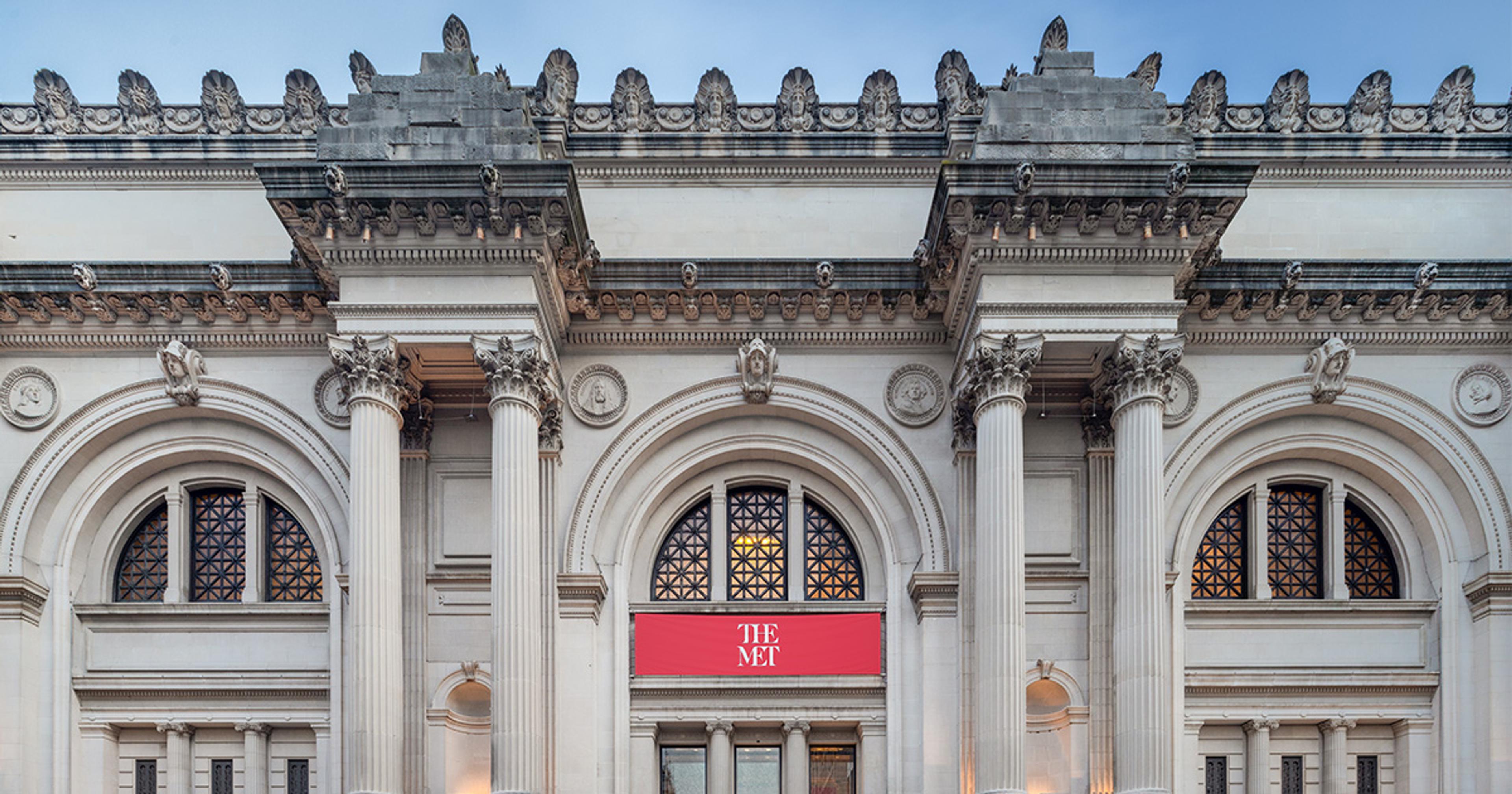
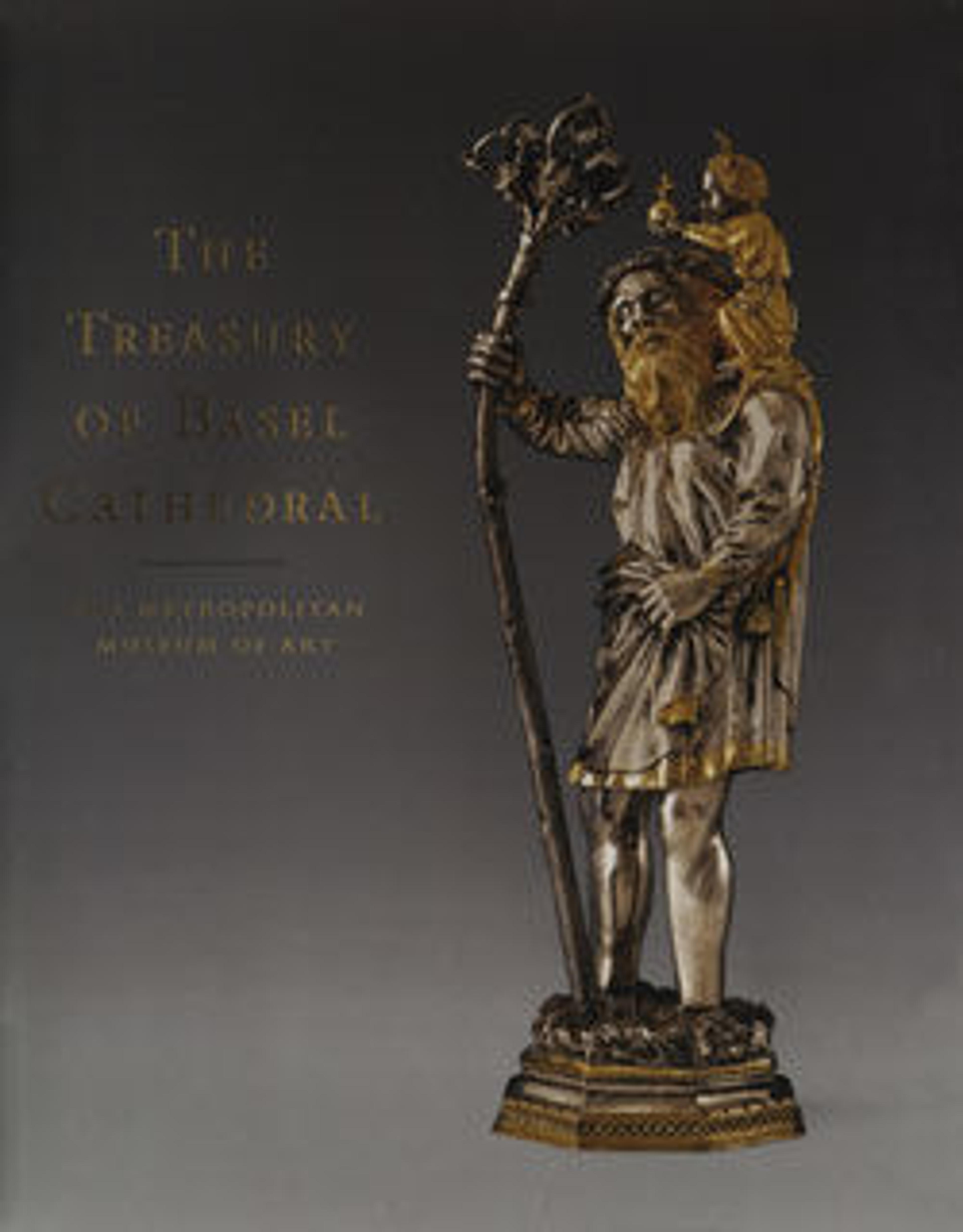
The Treasury of Basel Cathedral
In contrast to the spare and monochromatic ambiance of many medieval churches today, religious experience in the Middle Ages often was shaped by glittering objects made gold and silver and adorned with precious stones that provided a focus to the liturgy and to the veneration of the saints. Treasuries were integral to the identity of medieval cities. Over time, however, because of their material value, most of these treasuries were pillaged and their contents often melted down into bullion. An exception was the Treasury of Basel Cathedral, which miraculously withstood wars, an earthquake, and iconoclastic uprisings, only to be dispersed in the early nineteenth century as a result of political division.
Reliquary crosses of gold, enameled and bejeweled; censers, chalices, and altar furnishings of engraved silver; reliquaries in the shape of caskets, figures, and in imitation of human form; exquisite textiles; and Eucharistic vessels, some towering over three feet in height—these are merely a sampling of the sumptuous works collected in this lavishly illustrated volume and in the exhibition that it accompanies. Spanning the Ottonian period up to the Reformation, these dazzling objects served the cult on the high altar of Basel Cathedral from the eleventh to the sixteenth century. Tangible evidence of episcopal power, they unified the clergy and the population of Basel, as they were prominently featured in the many processions dictated by the Church calendar.
Over half of the works in the catalogue now reside in the Historisches Museum Basel (the co-organizer of this exhibition) and the others were borrowed from European public collections and churches; most of them have never been shown before in the United States. Each of the more than seventy-five examples is fully discussed and illustrated in color, in entries augmented by relevant bibliographic references and provenance histories. The four introductory essays examine the history of Basel in this period; the construction of the cathedral and its consecration by Emperor Heinrich II in 1019; the formation of the Treasury, through commissions and gifts; and the vicissitudes of the Treasury's existence, its eventual dissolution, and the remarkable story of its reconstitution. They were written by Timothy Husband, curator in the Department of Medieval Art and The Cloisters, who is responsible for the concept of the exhibition in New York and is the author of the catalogue entries, and Julien Chapuis, assistant curator in the Department of Medieval Art and The Cloisters. A selected bibliography and an index complete this visually splendid and scholarly presentation.
Met Art in Publication
You May Also Like
Press the down key to skip to the last item.
Citation
Husband, Timothy, and Julien Chapuis. 2001. The Treasury of Basel Cathedral. New York : [New Haven, CT]: Metropolitan Museum of Art Yale University Press.
